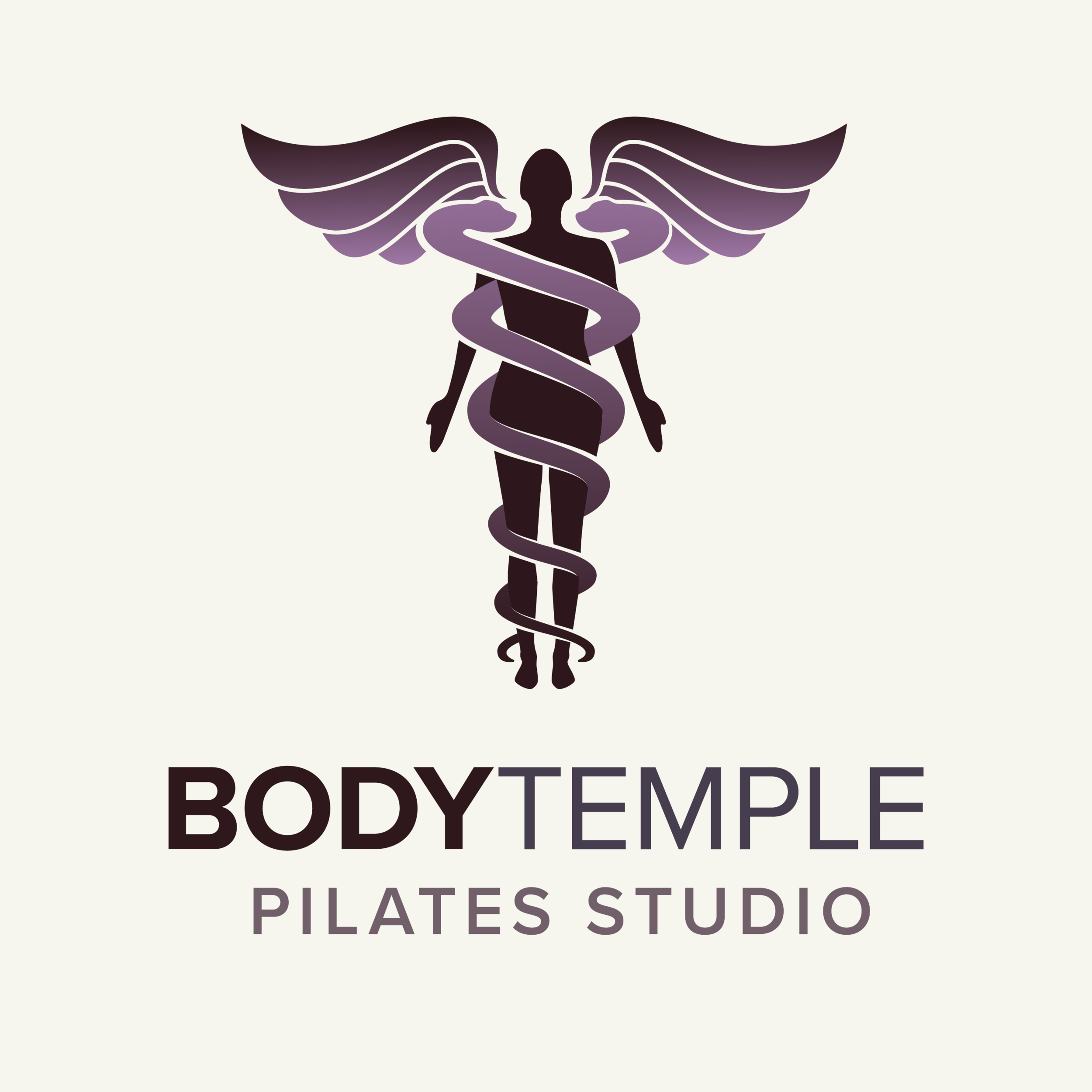We Don't Teach Group Reformer Classes. Here's Why.
As if the fitness/wellness industry didn’t have enough choices, we now have Pilates + Something, everywhere you look. The most recent fad is to take the dynamic movements of a rigorous mat class and try to recreate it on the Reformer. It usually results in some break-neck speed workout with “traditional fitness moves”, and just enough Pilates to put it in the name. But what can be an amazing and fun workout, is definitely not the remedy for anyone who is injured, rehabbing, or in acute/chronic pain. For that, you need more personal attention, and you need someone highly trained enough to get meaningful results from those sessions.
Throughout the years, we’ve played around with offering larger classes and workshops, putting quad reformer sessions on the schedule, and yes, even trying to combine Pilates with…circuit training. It seemed like a great idea at the time. Really! Chalk it up to lessons learned because what we know for sure is that you cannot achieve Private work results with classes of any kind, much less one with a 1:15/20/25, teacher to student ratio.
Don’t get us wrong; we love group classes! The energy, the camaraderie, and the innovation of trying to build on to Joseph Pilates’ body of work is an exciting way to spend an hour. But we’re interested in a different kind of innovation; one that includes the skillful application of the Pilates method alongside medically-informed assessments.
This is where we see the effectiveness of our Private Session diverge from a Pilates Reformer class. Even if the curriculum being taught in a Reformer class is “pure” Pilates, it’s simply not possible for 1 teacher to go deep enough with any one student in a room of 15 or 20. Even 4 or 5 students at a time leaves everyone with some attention, but not enough to achieve meaningful results in 1-2 sessions.
Last month we offered you some at-home exercises to alleviate SI Joint inflammation. This time, we wanted to show you how we get results in the studio with our one-on-one clients who come to us complaining of radiating pain in the low back, hips, and down the leg.
